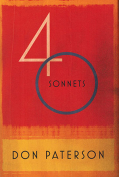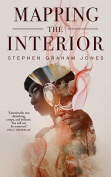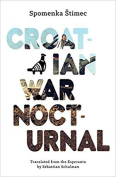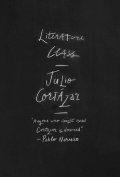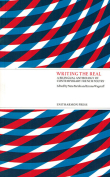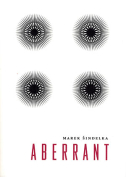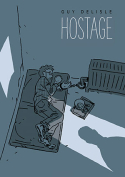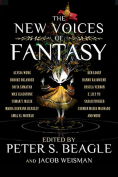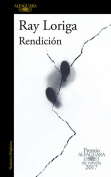Mapping the Interior by Stephen Graham Jones
 New York. Tor. 2017. 112 pages.
New York. Tor. 2017. 112 pages.
American history is an atlas of the psychocultural scars that transformed indigenous people’s autochthonous relations with the land into the measured/measurable marks of settler-colonialism. It’s no wonder, then, that mapping is the obsession of the preteen protagonist in Stephen Graham Jones’s Mapping the Interior, a novella about an Indian family: Junior, his seizure-prone brother, Dino, and mom and dad. Only dad’s dead, or rather, coming slowly back to life beneath the house, which Junior maps above and below, in this dimension and that of the sleepwalker, in order to track down his father and try to fix his family, only to learn that it was never broken.
Jones’s novella unfolds like a horror remix of Sherman Alexie’s The Absolutely True Diary of a Part-Time Indian. At first, Junior sees dad as a ghost walking through the house; over time the ghost becomes physical, organic. Dad appears not as he was, a high-school dropout cycled into poverty and crime, but as the fancy dancer he dreamed of being. But Junior discovers that dad is rematerializing by feeding nightly on Dino’s life force. Dino’s seizures, Junior surmises, are caused by dad’s vampirism, his selfish eating up of the past to build a new self for another life. Love becomes contempt, and Junior murders dad’s ghost, saving his family. In the process, he discovers that structures, like the boundaries of life and death, are mutable.
Through agitated prose that mates the self-assured cockiness of preteens with their angsty second-guessing, Jones’s novella maps cycles of poverty, violence, and colonialism; of place, space, and time; of genre; of the expectations placed on contemporary Native authors—of being (and being made to be) Indian. Junior shows us in the end that life as a colonized subject is an agglomeration of these cycles, each with their own grooves and ruts, yes, but also possibilities, like that of the powwow circuit, for reinvention, however small, waiting to be charted. Mapping the Interior is thus a masterful critique of time, place, and memory in (post/de)colonial contexts that surfaces questions urgent for Native literature, horror fiction, and American history.
Jones explores the decidedly pan-Indian, a shared experience of colonization, while also articulating the local, the specific, the totally Jonesian. The Blackfeet author rallies the biting edge of experimental fiction and horror’s capacity for unsettling boundaries between real/unreal, human/nonhuman, possible/impossible to reveal a family narrative that dances to life despite the (un)death and pain witnessed by Junior, despite confronting the meaning and need of sacrifice.
Sean Guynes
Michigan State University

